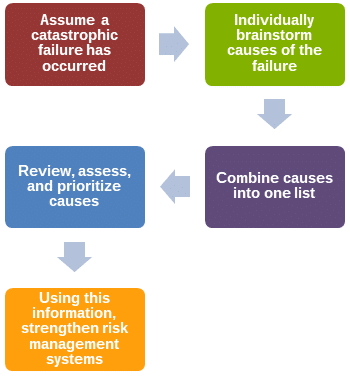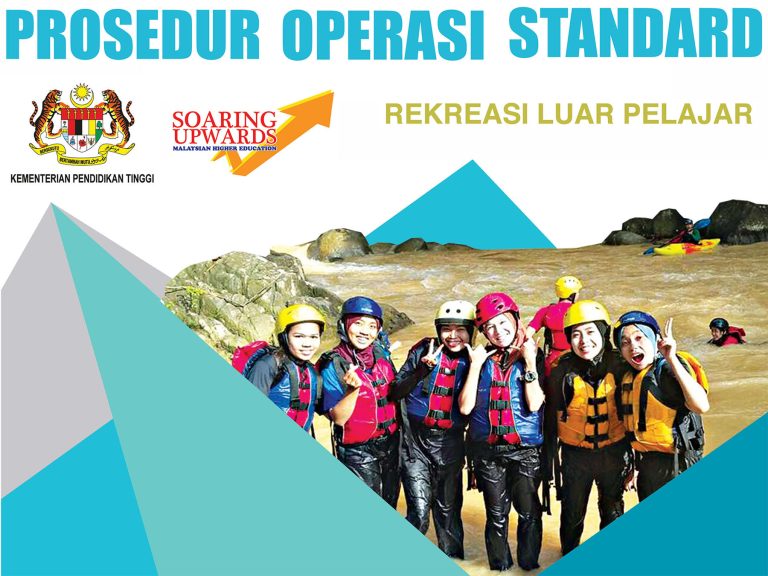Prospective Analysis of Hypothetical Failure as a Risk Management Tool

One systems-oriented approach to creatively anticipating and managing risks involves imagining the catastrophic failure of an outdoor program, or a component of an outdoor organization. A list of reasons why the disaster occurred is then generated—even though no such spectacular failure might have yet happened.
This project management technique is a form of prospective hindsight, popularized in business management literature as a “pre-mortem.” This term is a twist on post-mortem, which is an analysis of the cause of death. The post-mortem provides an understanding of why the death occurred—helpful to everyone, except for the deceased.
The pre-mortem process uses structured brainstorming to reframe the perspective that risk assessments often take. A typical risk assessment asks what might go wrong. The pre-mortem approach assumes failure and asks what did go wrong—and why. Research shows that this technique increases the likelihood of accurately identifying causes of failure.
The technique can be employed at the beginning of a new initiative (such as starting to work with a new participant population, or a new activity or activity area). It can also be employed to strengthen risk management in an existing and successful program, or in the context of an incident review or risk management review.
The individuals participating in the process can be outdoor program managers, activity leaders, or individuals from any other stakeholder group. The procedure can be conducted with a small number of participants in focus-group style, or en masse with all staff or other large groups.
The procedure typically follows these steps:
- Individuals participating in the exercise are informed by the facilitator that the program or project has experienced a devastating failure (such as a fatality).
- Participants are asked to individually brainstorm every reason they can think of why this might have occurred. Participants individually write down their responses.
- Each person shares their reasons with the group, and a master list of causes is generated. There is no discussion of solutions at this point.
- The list of reasons is reviewed, assessed, and prioritized. This can be done immediately with the group, or at a later date by management team members.
- The results are used to identify and make improvements to risk management systems.

A visualization of future catastrophe exercise was conducted by one outdoor program that had experienced a fatality. A group of activity leaders, in a process facilitated by the CEO, was asked to respond to the question, “Who will be the next person to die on our outdoor program, and why?” Responses included suggestions like adjusting activity leader compensation and moving from a seasonal to year-round model to increase the longevity and professionalism of field staff. Other potential issues that might be brought up range from loss of broad and enduring political support from organizational leadership for investments in risk management, to subtle and not widely known operational flaws such as cultural issues or time pressures leading to fatigue and error.
This retrospective hindsight activity has several benefits over standard risk assessments. It can:
- Reduce the effect of over-confidence on individuals already psychologically invested in moving a project forward despite any obstacles
- Raise awareness of valid concerns, despite peer pressure to express confidence in success
- Help address the cognitive bias where individuals are overly optimistic about the probability of success (over-confidence bias)
- Incentivize experienced, intelligent, and analytical individuals to speak up without fear of being perceived as overly critical or not a team player
- Reduce reluctance to criticize programs or projects that have executive support
- Shift organizational culture to pay greater attention to potential risks that may arise in the future
Note: this material adapted from the book Risk Management in Outdoor Programs: A Guide to Safety in Outdoor Education, Recreation and Adventure.



